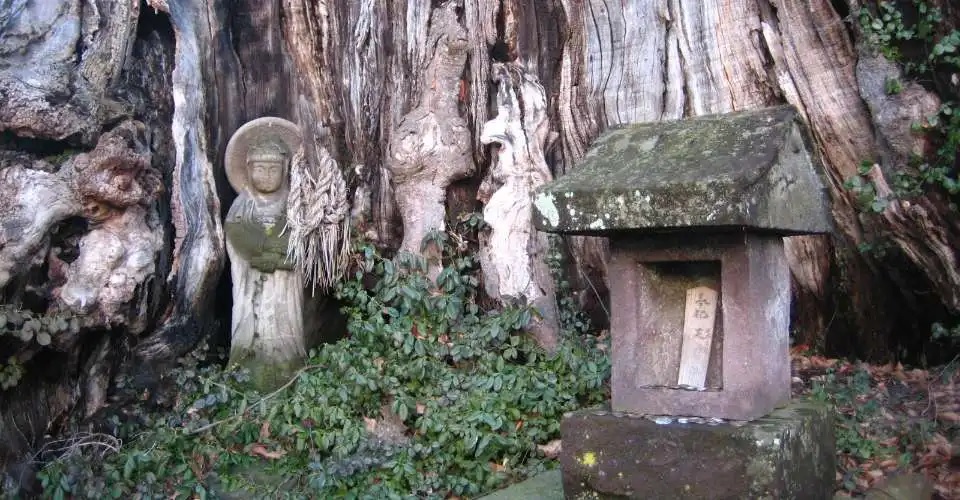Nov 11, 2025

The Catholic Church in Japan, in collaboration with European religious groups, is set to establish a new pilgrimage route in southern Japan to honor the first Christian missionaries and the “hidden Christians” who preserved their faith despite centuries of persecution.
The planned route, called “The Way of the Gospel,” will serve as a spiritual journey similar to Spain’s famed Camino de Santiago, Vatican news agency Fides reported on November 8.
The Camino de Santiago (Way of St. James) is a 311-kilometer pilgrimage leading to the shrine of the apostle James in Santiago de Compostela, Spain.
The idea emerged after a Spanish Catholic delegation from the Archdiocese of Lucca visited Japan in September.
The project is being developed with the Perugian Confraternity of Santiago de Compostela, together with the Japanese prefectures of Kagoshima, Kumamoto, and Nagasaki, their municipalities, and the dioceses of Kagoshima, Nagasaki, and Fukuoka. The confraternity promotes the pilgrimages to Santiago de Compostela.
Local authorities in Kumamoto and Nagasaki, as well as the mayor of Amakusa and various public and private institutions, have welcomed the initiative.
The pilgrimage route will connect Kagoshima and Nagasaki, passing through sites associated with early missionaries, including St. Francis Xavier, Luis de Almeida, and Alessandro Valignano.
It aims to promote reflection on Japan’s Christian heritage and showcase the region’s cultural and natural beauty.
The route will also include UNESCO-listed “Hidden Christian Sites in the Nagasaki Region,” recognized in 2018 for their global historical value. This acknowledgment has since inspired multiple cultural and faith-based initiatives in Japan and abroad.
During his 2019 trip to Japan, Pope Francis paid tribute to the hidden Christians in Nagasaki, and in November 2024, he met with members of Japan’s Hidden Christians Research Association in Rome.
While some scholars suggest that Nestorian Christianity may have reached Japan as early as the 6th century, documented evidence shows that the Catholic faith was introduced by Portuguese traders in 1543.
The arrival of St. Francis Xavier in 1549 further strengthened missionary activity, leading to a period of rapid growth before Christianity was banned in 1620 and missionaries expelled.
Persecution forced many believers to practice their faith in secret, earning them the nickname Kakure Kirishitan (“Hidden Christians”).
The ban on Christianity was partially lifted in 1853, and full religious freedom was restored in 1873 under Western pressure, ending over two centuries of suppression.—ucanews.com
St. Martin of Tours
Wisdom 2:23–3:9
Psalms 34:2-3, 16-17, 18-19
Luke 17:7-10
“Lord, help us to respond with pure love of God in all situations”
